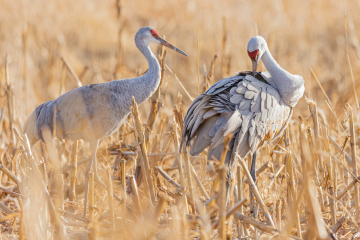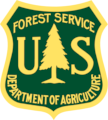Rainwater Basin wetlands are not always wet. Many of our region’s functioning wetlands regularly dry up or shrink in the summer. The natural wet-dry cycles benefit wetland vegetation and the wildlife adapted to this climate. But many thousands of Rainwater Basin wetland acres – including those on public land – remain dry even when they should be flooded in the spring. The reason is altered hydrology: irrigation reuse pits, concentration pits, ditches, and other watershed alterations that prevent water from flowing naturally into the wetland.
The watersheds of nearly all publicly owned RWB wetland areas are affected by reuse pits on nearby private land, and as a result, public wetlands pond water at an average of just 17% in the spring. To reach our habitat goals, RWBJV partners seek not merely to acquire or protect additional wetlands, but to ensure that already-protected wetlands provide as much habitat as possible. We estimate that filling an average abandoned pit would return about 5.6 acre feet of water to a watershed and flood 9 to 15 acres of wetland habitat in the spring.
Filling a reuse pit also provides an agriculture operation with additional farmable acres and eliminates an obstacle in the field. Despite increased efficiency, the small acreage increase is usually not enough to offset the cost of the earthwork. That’s why RWBJV partners, through the Watershed Initiative, are helping to cover the cost to fill qualified pits that affect priority wetlands.
For more information contact:
Cortney Schaefer, Habitat Specialist
Rainwater Basin Joint Venture
cortney_schaefer@fws.gov
(308) 385-8618
Funding for this project comes from NRCS’s Wildlife Habitat Incentives Program, the Nebraska Environmental Trust, and the Rainwater Basin Joint Venture.
















